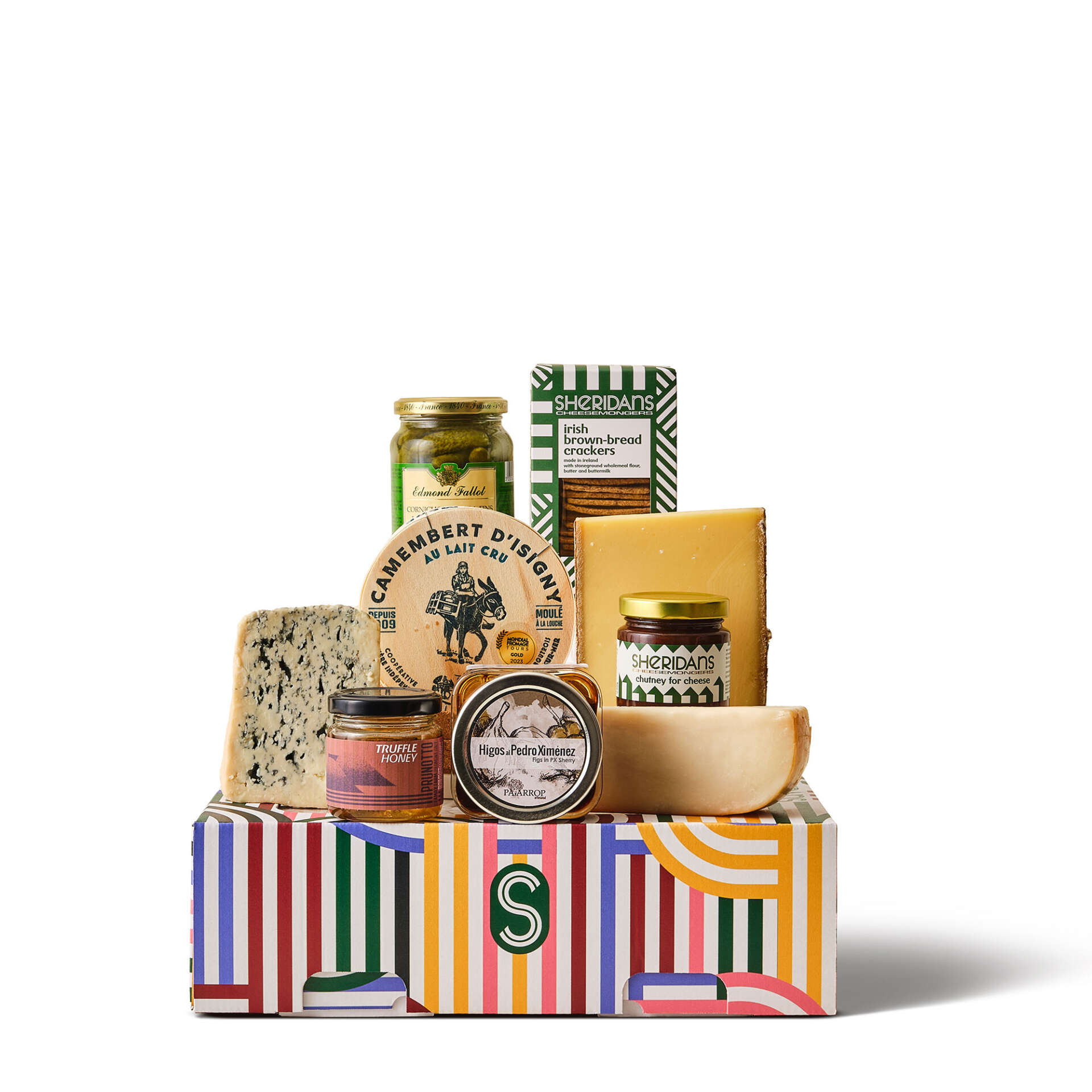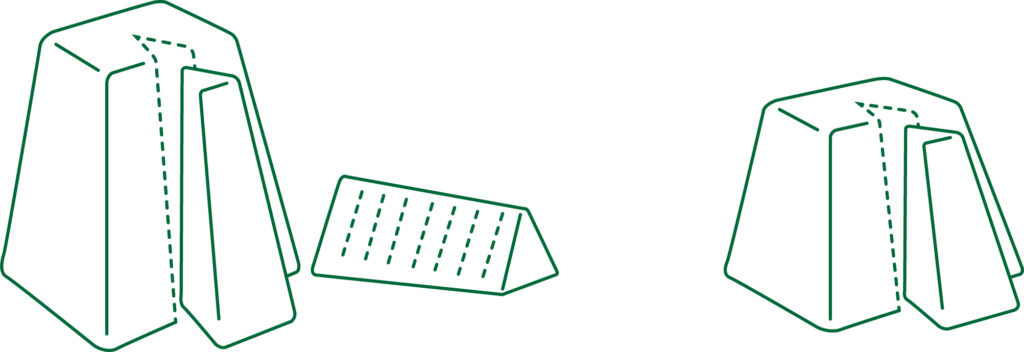Cutting Your Cheese
Cheddar
Cheddar can be a great versatile cutting cheese with a few options. Depending on what you like, or what your cheese board needs, it can be broken into crumbles or slices (triangular or rectilinear) If you have a drier, more flakey cheddar, you’re probably best off with crumbles. Younger or less dry cheddars lend themselves to slices quite easily.
Blues
Frequently with more water content than others, these are easiest served in large triangular pieces cut radially from the centre outwards. If you want or need to serve in smaller pieces we highly recommend chunks or crumbles. Some firmer blues like Boyne valley lend themselves to triangular slices.
Bries and soft (but not runny) cheeses
Bries are traditionally cut with thin long knives but you can certainly use a wire or your kitchen knife. Cutting in a radial fashion from the center with a sharp knife or wire should be quite easy. Brie de Meaux or other large format soft cheeses can have narrow triangular slabs cut that are then halved or quartered across the cut piece.
Super soft, oozy cheeses
You cant contain greatness! IF you’re dealing with a super ripe, oozy cheese that you want to feature on your cheeseboard we recommend placing within a bowl or rimmed plate that will help contain the cheese and create a good place to scrape up the cheese with crusty bread without making a huge mess. You can always use a shallow spoon for service as a knife doesn’t hold too much.
Goudas and extra Hard cheeses
Hard cheeses like Manchego we like to cut into small triangles after removing the rind and then cutting across from tip to rind, forming thin triangle slices.
For extra hard cheeses like mature goudas, parmigiano Reggiano or pecorino sardos we like to either crumble the cheese with small knife by cutting downward into the cheese and twisting. Alternatively, we like to use a vegetable peeler or graters to shave small curls or shards off from these harders cheeses – just watch your fingers!
Pyramid shaped cheeses
These beautiful cheeses always make a great impression on any cheeseboard. To cut, slice down form the top through to the base on perpendicular sides. You’ll be able to extract a corner slice which can then be laid on it’s side and sliced lengthwise for smaller portions.
Log cheeses
Small logs can be slices with a sharp knife or wire harp to form disk shaped portions. If it’s a larger log the disks can then be sliced down further depending portion size desired.
Rectangular Slabs & Round Slabs
We like to keep rectangular slab cheeses in a rectilinear fashion by slicing into narrow batons, squares, or smaller rectangles. For large round slab cheeses like fourme d’ambert or cashel, we like to cut in a radial fashion.














